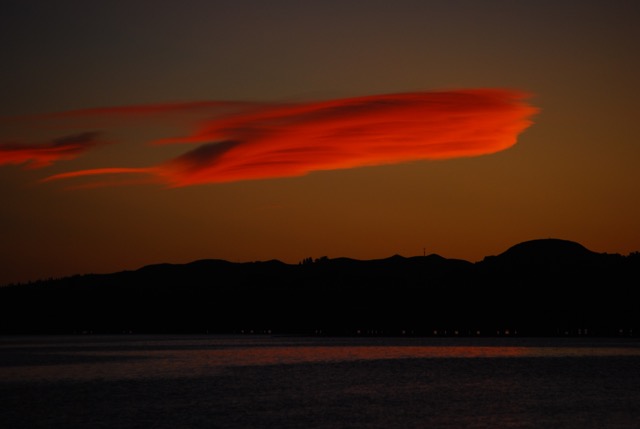
Reading Anne Frank in Isfahan
by SAHBA
A prison can be as small as six cramped rooms in the back of a warehouse in Amsterdam or as big as a country. Anne Frank spent twenty five months—from July 1942 to August 1944—in hiding in her “Secret Annex” at 263 Prinsengracht, in an effort to stay alive.
As a Bahá’í in Iran, I have faced a lifetime of persecution at the hands of my government—the Islamic Republic of Iran. I have been summoned to the Ministry of Information. I was dismissed from one of Iran’s university. Even now, as I sit here writing these words, I fear that someone will knock on the door and burst into the room to seize my computer and read my secret thoughts.
Yes, history repeats itself. Anne Frank is my sister and my intimate friend. She holds my hand as I wander the streets of Isfahan. Her words soothe me as I study in secret for my courses at the BIHE, an unofficial university for Bahá’ís, a university that must remain hidden. I know Anne understands what it means to be imprisoned in a jail made of religious persecution. And like my sister, Anne, I am tired of being afraid. Still, I dare not speak openly but only obliquely, in an article such as this, to which I do not even sign my full name.
Anne Frank’s courage may seem miraculous to some who read about her life in hiding. And for many, it may be hard to imagine that throughout the two arduous years she spent in the back of a warehouse trying to stay alive, Anne never gave up dreaming about freedom. But what strikes me as most surprising is that she never gave up writing. She wrote and rewrote her diary in the steadfast belief—someone else living then might have called it a foolish dream—that her account would be published one day, when the war was over. And Anne’s dream did come true—when her father published her diary and the world read and reread the testimony she left of the unconquerable power of the human spirit.
And so I write these words now and send them out into the world through my teacher, who has promised to publish them somewhere. Perhaps people will read my words? Perhaps some will admire my courage as I now admire Anne? Whether you read my words or not, and even if I had written nothing, even if I had chosen to remain mute as a stone, I know what I have done: I am proud of my decision to stay in Iran and bear witness to what the courageous Bahá’ís endure. But since I did decide to write, I am asking you: please do not forget us!
When I woke up this morning, a sentence from Anne’s diary came to mind, one she wrote about her life in hiding, “Every day, I think what a fascinating and amusing adventure this is!” If Anne could see her life in the Secret Annex as an adventure, then why shouldn’t I see my life as a story that has not yet found its happy ending? Why shouldn’t I believe that even though I am lost in the terrible darkness of this prison, I am moving, step by step, day by day, closer to the light?